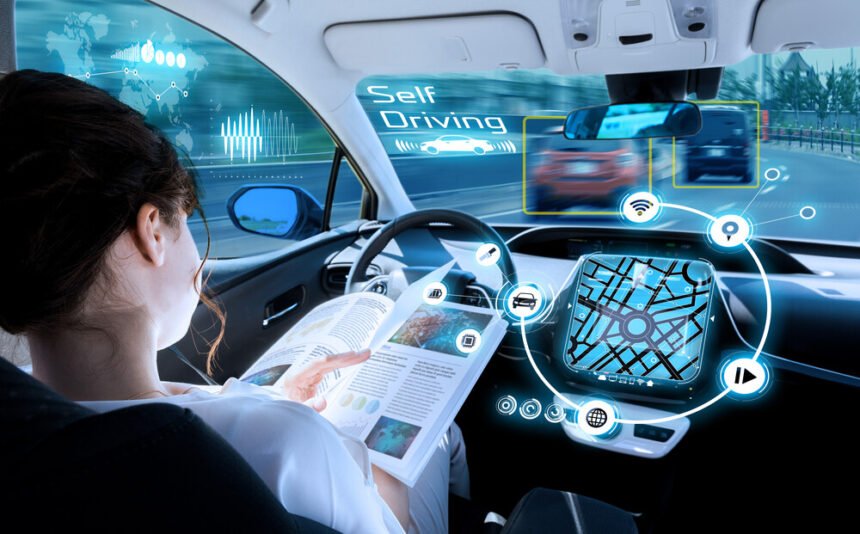The opportunities of big data in the transportation industry are huge. A huge number of government agencies are using big data to streamline their transportation services. The United States Department of Transportation has already started using big data to create its Safety Data Initiative.
There are plenty of other ways that global governments are using big data to improve transportation services. One of the biggest benefits is by using telematics data to give birth to a new generation of smart highways.
Advances in Data Technology Lead to Smart Highways
Over 125 million connected cars are expected to be shipped by 2020. Big data is fast becoming an intrinsic part of the automotive industry, with applications in safety, communication, marketing and user experience. Amidst concerns about privacy and data protection, the data collected by the car industry can be used not only within the industry itself, but also more broadly to improve infrastructure and road safety. In line with this smart use of data, The Ray Project is an intriguing case study through its use of vehicle telematics data in its mission to create safer and more sustainable roads.
A smarter highway
The Ray Project, a non-profit organization working in Georgia, is collaborating with the Federal Highway Administration and Georgia Department of Transportation to build a ‘smart highway.’ They have found that data from autonomous and connected vehicles could reduce accidents by at least 40%, but highlight that these benefits could not be used without a modernized infrastructure to support them. Car manufacturers now incorporate smart technology in a broad range of makes and models: the amount of data available is huge, and The Ray Project is working to optimize its use in road safety.
Improved safety
The project plans to install striping to enable connected roads: this will enable clear interpretation by autonomous vehicles, and radios along the sides of the roads will be able to read data traded between cars on the highway. Key data that the radios will be picking up includes loss of traction, activation of wipers and airbag deployment. It is thought that the availability of this data will help first responders to act more quickly and help the Department of Transportation to quickly warn other drivers and apply diversions if needed. The executive director of the project, Allie Kelly, said, “Big data means nothing without a brain [data management system] to make sense of it.” Connected vehicles share useful data all the time, but the highway needs to be equipped to interpret and respond to it if it is to be used to its full potential.
Financial sustainability
The data collected from connected cars can also help improve financial sustainability. The data includes speed and heading, and latitude and longitude information, which can be used to generate revenue in the form of a usage tax. Kelly explains that a traditional gas tax will not be sufficient for funding transportation once more electric cars are in operation. With Forbes predicting that annual sales of electric vehicles will surpass one million by 2023, a rethink of the taxation model will be necessary.
The Ray Project is also incorporating environmental sustainability, with solar stations and environmentally conscious planting along the roadside. The 18 mile stretch of Georgia instate will be the first of its kind, but it has huge implications for how big data can be used to improve infrastructure across the country, both for safety and ecological purposes.
Big Data Has Made Smart Highways a Viable Option
Smart highways are the wave of the future. A number of governments have started using telematics data to make them possible. This should change the way we all live and work in incredible ways.










